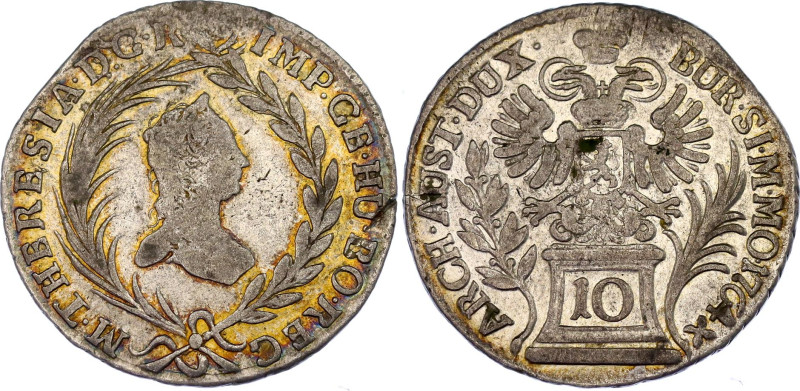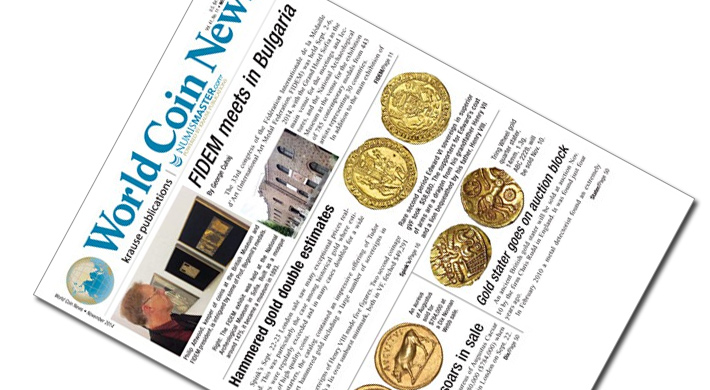Great Info To Plaster Czechoslovakia Medals
Wiki Article
What Is The Process For Artists To Sketch Sketches Or Designs For Gold Coins Or Medals?
Artists employ various techniques to create sketches and designs for gold coins or medals, adapting traditional methods or utilizing digital tools for visualizationHand-Drawn Sketches
Sketches using pencils and pens Artists begin by drawing on paper with pencils and pens. These sketches can be utilized to envision the concept of the coin or layout of the medal.
Detailed Rendering. The artist improves sketches they have drawn. They incorporate more details and contours to the sketch as well in fine-tuning the composition. It may take several iterations to get the desired result.
Inking or Tracing- Once satisfied with the sketch in pencil then the artist can draw the design in a way to create a clearer and more defined outline. Tracing the pencil sketch onto a fresh sheet or using tracing paper is typical for this process.
The application of shading and depth techniques can be used to enhance the look of a medal or coin to enhance its real-world appeal. They may also highlight specific aspects.
Digital Design Creation
Graphic Design Software- Artists skilled in digital design utilize software such as Adobe Illustrator, Photoshop, or specialized 3D modeling programs. They design the coin or medal digitally with tools for precision and scale.
Vector Graphics - A large number of digital designs are designed using vector graphics. This permits the ability to scale and quality with no loss. This permits the design's scaling to fit different sizes of coins.
3D Modelling- For advanced artists, 3D modeling is a method to show a coin design or medal in a 3-dimensional space. This provides more realistic representation and a better comprehension of how the design will appear when it is finally created.
Visualization: Artists are able to render their digital designs to recreate the way a medal or coin will look like once it is finished. They can apply different finishes, effects or textures.
Both hand-drawn and digital designs require meticulous attention to specifics, artistic talent as well as a thorough knowledge of the technical limitations as well as the specifications and requirements for minting coins and medals. Artists are able to choose which method they prefer according to their own experience, their knowledge of clients, or the aesthetics desired for the final product. Have a look at the top drawing Czechoslovakia gold medals website advice. including $20 gold piece, gold silver coins, silver eagle coins, gold eagle, gold and silver bullion, 1 oz gold bars, canadian gold maple leaf coin, purchasing gold bars, gold buy bullion, 1975 gold penny and more.

Why Do The Dies Used For Striking Gold Coins Or Medals Undergo Procedures Of Vacuum Hardening?
In order to harden dies to make gold coins or medals, they're subjected to controlled temperatures inside the vacuum oven. This article will provide an overview of the procedure of vacuum hardening of dies.
To create dies to be used to make coins or medals, they should be clean and free of any contamination or residues.
Injecting Vacuum Furnace
Die dies are placed in a vacuum-environment chamber.
Evacuation from the Air
Vacuum furnaces draw air out of chambers, creating an oxygen-free space. This stops oxidation, and provides uniform heating.
Heating Phase
The furnace then gets heated up to the temperature required for hardening dies. The temperature range varies based on the materials used and the processing for hardening.
Soaking at High temperatures
Die dies are kept at higher temperatures for a certain period of time, which allows the material to reach the level of hardness desired and to maintain metallurgical structures.
Quenching or cooling
The dies are then quickly cooled or quenched after soaking. This rapid cooling procedure assists in locking the desired hardness into the material.
Tempering (Optional).
In some instances the process of tempering may occur after the hardening process. To improve the toughness and relieve the internal strain, dies can be heated at a lower temperature.
Quality Control and Inspection-
To ensure that they meet hardness and strength requirements, hardened dies go through a thorough inspection and quality test.
Post-Treatment Handling-
After the process of vacuum hardening is complete The dies can undergo further procedures like polishing or coating before they are used in the coin or striking process.
The method of vacuum hardening improves die durability, wear resistance, and also the life span of the dies used to create gold or silver coins and medals. By ensuring a controlled and free of contaminants it provides a consistent and reliable way to harden the dies. Follow the top rated vacuum hardening Czechoslovakia gold coins more advice including hidilyn diaz, 1 oz gold eagle, gold eagle price, price for one ounce of gold, gold coin store near me, gold bullion gold, $20 gold piece, gold and silver dealers, olympic games gold medal, buy gold bars from bank and more.

How Are High-Quality Gold Bars Weighed, Sized And Prepared For Mint?
The process of creating gold blanks is extremely careful to make sure that the gold coins or medals created are uniform and accurate. Learn the procedure and how it is carried outPreparation of the process Gold Material Selection Gold that is of high purity is used for the production of blanks. The gold is usually refined until it reaches the standard of purity required for coinage.
Gold Blank Production The gold is turned into blanks by a process called blanking or cutting. Blanking is cutting gold into discs of coin size or planchets with the help of stamping or special machinery.
Precise measuring and weighing
Weighing - Each piece will be weighed separately to ensure that it meets the weight requirements of the coin or the medal. This procedure ensures that the medal or coin has precisely the correct quantity of gold.
Measuring. Precision instruments are used for measuring the diameter, height, and dimensions of each blank. This guarantees consistency and conformity to design specifications.
Inspection and Control of Quality
Visual Inspection- Each Blank is examined visually to find surface imperfections.
Rejecting non-conforming blanks To ensure consistency and uniformity Blanks that don't conform to the weight, size or quality specifications are rejected.
The Reasons For Preparation
Consistency in the Minting ProcessPrecision-weighed and measured blanks ensure consistency in the process of minting. Dimension and weight consistency ensures uniformity in the striking process and produces coins and medals that are of the same value and quality.
Accurate gold contentThe exact weight of each blank guarantees that the final medal or coin is made up of the right quantity of pure, accurate gold.
Uniform Blanks Avoid Variations Uniform blanks to prevent any weight or size variation that may affect the legality, value, and usefulness of a coin or medal that is in circulation or in commerce.
Quality Assurance- Strict quality control measures in the preparation of blanks ensure that only high-quality, defect-free blanks go through the minting process, reducing the possibility of defects in the final product.
Legal Compliance - Uniformity and compliance with specifications are essential in coins that are intended to be used for commemorative or circulation reasons, ensuring that they meet legal requirements and standards set by mints or regulatory bodies.
Making gold blanks that are of good quality and with consistency are essential steps in the coining process. They ensure the production and accuracy of gold coins that are high-value and medals. See the best gold blanks for Czechoslovakia gold medals more info including buy gold bars from bank, gold bullion cost, gold angel coin, american buffalo coin, 1 10 gold eagle, gold bullion, krugerrand gold coin, congressional gold medal, st gaudens gold coin, 1 ounce gold and more.

Why Do Limited Edition Or Collectible Coins Have Specific Numbers?
The naming of limited edition or collectible coins is typically used for various reasons. These include the verification of authenticity, guaranteeing the exclusivity of the coin, and increasing its popularity among collectors. Learn how and why this individual numbering is implemented
Sequential Numbering: Each coin of a limited edition or collectibles series has an unique, typically engraved number. This number is the position of the coin within the collection.
Certificate of Authenticity- The coin may have a certificate of authenticity that is a match to the coin's unique number. This certificate verifies the authenticity of the coin. It also provides information about the series, its the metal content, and the minting.
There are numerous reasons to count coins by number
Authenticity Assurance – Each number is a unique identifier which confirms the coin’s authenticity in the limited series. Each number is an identification number that is unique, which ensures that the coin is genuine and part of the authorized series.
Rareness and exclusivity- editions that have distinctive numbers are thought to be rarer and exclusive. Because of their limited availability numbers are sought after by collectors. This increases the value and appeal of these coins.
Numbered coins make for a more collectible appearanceThey enhance the appeal of collectibles by allowing collectors track and highlight particular numbers in the series. The sequence numbers that are less significant or more important could be considered as more valuable.
Individual Numbering encourages engagement of collectors and increases their enthusiasm for building collections or purchasing certain numbers. Collectors may seek out certain numbers based upon their own preferences or significant milestones.
Value and resale potential- Coins with unique serial numbers can have higher value on the secondary markets, especially if their serial numbers are lower or are part of a highly sought-after collection. Collectors typically consider these coins valuable due to their rarity and exclusivity.
Trackability, Documentation and ProvenanceThe use of numbers is to make it easier to track and document for each coin’s history. This helps in proving provenance in the market for collectibles.
Through the numbering of collectibles or limited edition gold coin mints or issuers, establish authenticity, establish exclusivity and enhance the appeal of these coins for collectors seeking unique or significant items. In the world of numismatics these numbered coins have a special value and significance. Take a look at the top Prague Mint gold medal numbering blog examples including double eagle coin, gold penny, 2000 p gold dollar, st gaudens gold coin, gold american eagle price, 1 ounce gold bullion, bullion gold bars for sale, gold coin with angel on both sides, maple leaf gold coin, gold bullion price and more.